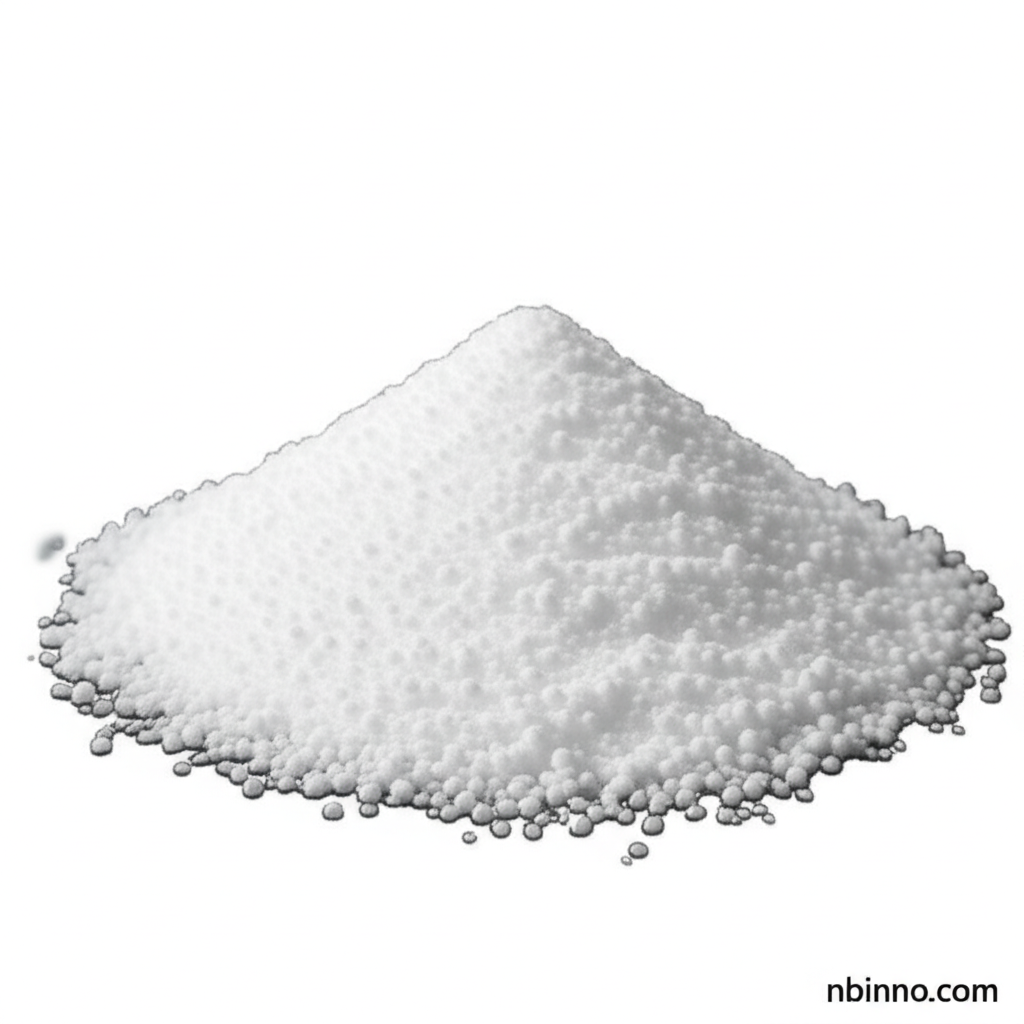High-Performance Cationic Polyacrylamide for Drilling Mud
Enhancing Efficiency and Stability in Oil and Gas Exploration
Get a Quote & SampleProduct Core Value

Cationic Polyacrylamide Powder
Cationic Polyacrylamide (PAM) is a water-soluble polymer vital for optimizing drilling operations. Its unique properties significantly improve drilling fluid performance, contributing to greater efficiency and wellbore integrity.
- Enhance drilling efficiency with advanced drilling fluid additives like cationic polyacrylamide pam, ensuring smoother operations and faster penetration rates.
- Experience superior shale stabilization with our polyacrylamide for drilling fluids, mitigating issues caused by reactive shales.
- Reduce operational costs and improve safety by utilizing effective drilling fluid additives; our polyacrylamide plays a key role.
- Achieve optimal performance in oil drilling polymer applications with a product designed for maximum effectiveness.
Key Advantages
Viscosity Control
Our polyacrylamide for drilling fluids effectively increases the viscosity of drilling mud, crucial for efficient transport of drill cuttings to the surface.
Fluid Loss Reduction
This water-soluble polymer drilling mud additive minimizes fluid loss into formations, preserving wellbore integrity and preventing contamination.
Shale Stabilization
By preventing shale swelling and dispersion, our cationic polyacrylamide drilling mud additive contributes to overall wellbore stability.
Key Applications
Drilling Fluid Optimization
Utilizing cationic polyacrylamide pam in drilling fluid formulations enhances viscosity and stability, leading to better cuttings removal.
Oilfield Exploration
As a critical oil drilling polymer, it improves overall performance in oil and gas exploration activities.
Wastewater Treatment
Beyond oilfields, this polyacrylamide is effective in industrial wastewater treatment, showcasing its versatility as a flocculant.
Enhanced Oil Recovery
Its unique properties also make it valuable in enhanced oil recovery (EOR) operations, improving fluid displacement efficiency.
